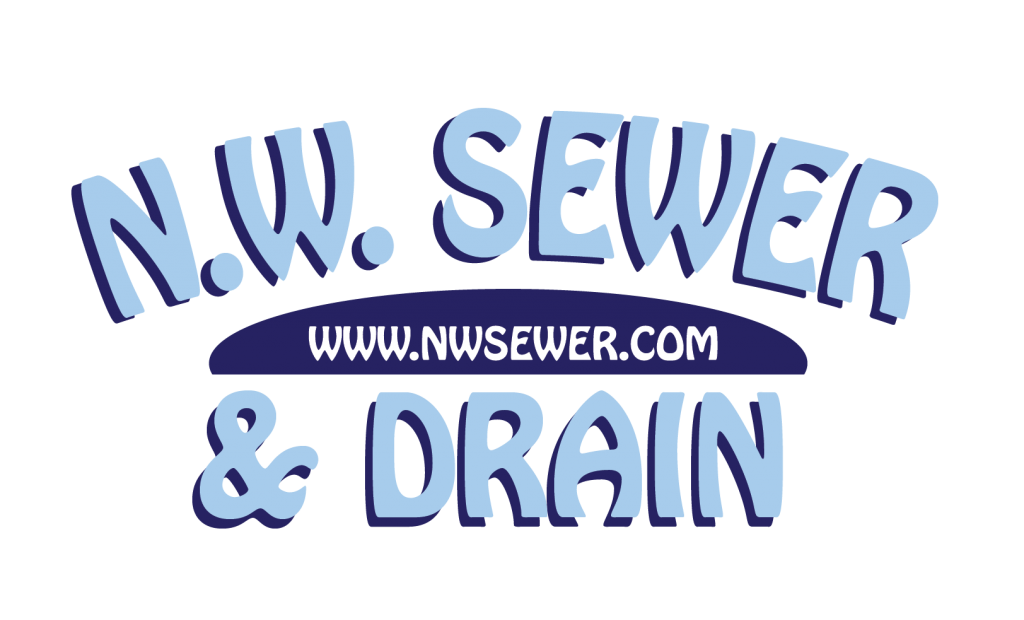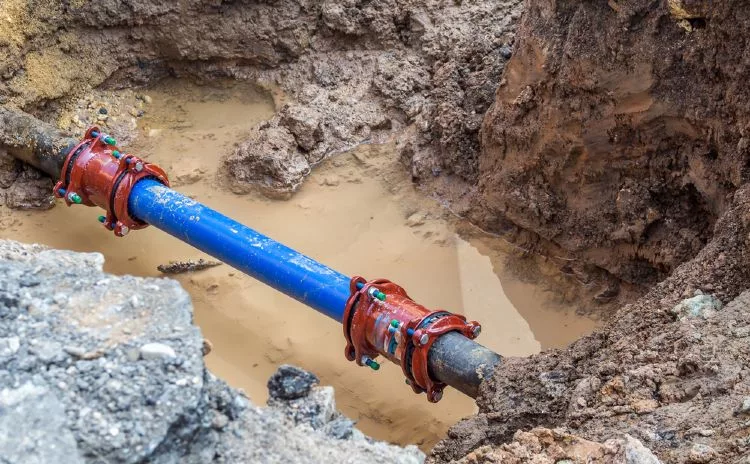You can avoid much potential sewage line clogs with regular preventative maintenance of drain and sewer lines. Always bear in mind that your home, like any other thing, needs regular care to preserve its quality and prevent the onset of wear and tear.
There are several things a homeowner must regularly inspect: the garage door opener, the air conditioning system for leaks, the heating system for energy inefficiency, the roof’s integrity,the insulation and the drainage system.
Poor Sewer Line Maintenance Is a Common Problem.
The septic tank and sewage system in your house are often forgotten. A breakdown in your plumbing system’s draining capabilities might lead to unpleasant health issues and costly repairs. Many homeowners need to pay more attention to the warning signs of a failing sewage line and never get around to performing the necessary preventative maintenance.
Here are some of the most typical issues in drain and sewer lines, as well as some simple measures you may take to avoid them:
Blockage Caused by Tree Roots
Once tree roots have forced their way into a sewer system, stopping their rapid growth and subsequent damage can be challenging. When a tree’s roots discover a leak or break in a pipeline, they can get the water and nutrients needed to continue developing. Tree roots will remain persistent until the void or split is fixed.
Preventative measures: This includes removing trees planted close to a sewer line. However, it’s important to remember that even trees with roots further away can still cause problems by growing into the pipe. Copper sulfate crystals can be used to make a poisonous zone surrounding the pipe, which will stop the problem from happening. The chemicals will prevent the roots from growing.
You should plant only trees with a shallow root structure to take effective prophylactic action. There are many trees with shallow root systems, including:
- Ash Trees
- Maple Trees
- Weeping willows
- Oak Trees
Shallow-rooted trees have their own set of challenges. Shallow-rooted trees are more prone to being uprooted by severe winds and causing damage to hard surfaces like sidewalk cement.
Blockages Caused by Grease
A buildup of fatty substances like grease, oil, and fat inside a sewer system is a common source of clogs. Most laundry detergents and dishwashing liquids also belong here. The garbage disposal probably releases these contaminants in your kitchen, where you discard leftovers. It’s only possible to know how much grease is in the line by removing a part of the drain pipe or using a sewer camera.
Preventative Measures: Fitting a grease receptor in your sink keeps grease from accumulating and causing clogs, unlike water, fat, oil, and grease float. The grease receptor is made so that only water can escape down the drain, keeping fog from entering the drain with it. Though this is a helpful precaution, the best way to avoid this problem is to avoid putting any oily or fatty substances down the drain. A mixture of baking soda and vinegar, followed by boiling water, can keep the drain clean.
Big Bites of Food
Large chunks of meat or a handful of potato peels can quickly clog up the drain. These items may end up in the kitchen sink when water drains, but remember that the trap may be too small to allow them to pass, no matter how fast the water moves. There might not be enough force for something like a piece of meat to be pushed through the sewer tube, even if it has a large diameter.
Preventative measures: If you must dispose of meat or other large bits of food, grind them up in tiny batches to make them easily flow with sluggish water. A handy appliance that is becoming increasingly prevalent is a grinder installed directly into the sink. Meat should be disposed of in the garbage disposal rather than the sink. The sink is not the place to dispose of fibrous food scraps like banana and onion peels, corn husks, artichoke leaves, and the like. In the case of sewer line maintenance, sometimes all it takes is a bit of common sense.
Muck, Leaves, and Other Debris
The garbage disposal, the bathroom sink, the yard drains, and the kitchen sink is all emptied into the sewer pipes. Yard water flows into the drain area, bringing dirt, leaves, and other yard waste into muddy sludge. Like other things, mud can cause obstructions and flooding if left unchecked.
Preventative Measures: Installing grates with a fine drain screen on top of them is a great technique to prevent heavy debris from getting into the yard drain area. You can prevent mud from building up in the sewage system if the drain catch basin is cleaned regularly. This needs to be done regularly to maintain a healthy sewage line.
Other Potential Causes of Blockage
The purpose of sanitary sewage lines is to transport human waste and related materials. It’s OK to use if the paper is properly disposed of. Throwing away a bunch of toilet paper rolls at once is not recommended. The sewage line will have difficulty accepting and transporting anything else, such as feminine hygiene items or an unintentional flush of a hard object. Despite claims to the contrary, not all flushable diapers and wipes are.
Preventative Measures: Do not flush anything down the toilet that cannot dissolve in water; this is the most effective way to keep sewers clear and functioning correctly. Diapers, tampons, sanitary napkins, cigarette ashtrays, discarded fish, and facial tissue are all there. Hydro-jetting can assist in the removal of any of these things that may have made their way into the sewage system.
Broken Drainpipe
The delayed drainage you’re experiencing could result from a collapsed sewage line caused by the shifting of the ground or the sub-base beneath the pipe. The structure may have settled if it is old enough. If slow drainage is the only sign of damage, it’s minor and easily repairable. There are several additional causes of collapsed sewer pipes.
The ground will eventually settle, and while that can’t be stopped, any additional damage can be avoided with proper precautions. A sewer camera inspection can effectively pinpoint the source of a sewerage issue before it gets worse. A sewer camera is not a tool for novices. Get in touch with a licensed plumber for assistance. Though it may not seem urgent, addressing a minor issue can prevent the need for a major fix down the road, which could cost a lot more money.
Sewer Backwater
Sewer backwater is always a risk after a storm because city drain pipes might get overwhelmed. This prevents the drain lines from exiting the house properly, frequently resulting in the backwater. Raw sewage and other trash have clogged up the city’s drains. Although the home’s drain lines will function normally once the city sewer is repaired, the debris will remain, along with the related health problem, long after the municipal sewer is restored. After the backwater is cleared out of the drain, any residual physical object carried in it can form a clog.
Preventative Measures: You can avoid backwater by putting a backwater valve in your home’s drainage system, but unfortunately, we can’t blame Mother Nature for providing us with storms. All facets of the plumbing system might be safe if installed correctly. After a storm, hydro-jetting the sewer system is the best option for removing any remaining debris and sediment.
Contact Your Local Sewer and Drain Specialist
It is best to consult an experienced local sewer and drain cleaning company to advise you on what method is best for repairing your damaged pipe.
At N.W. Sewer & Drain, we have a well-trained and ready-to-move team on standby. We serve the Seattle metropolitan area, including Bellevue, Kirkland, Shoreline, Renton, Lake Forest Park, Mountlake Terrace, Auburn, Everett, Marysville, Mount Vernon, and other surrounding areas.
N.W. Sewer & Drain provides top-notch drain cleaning and sewer repair services in the greater Seattle area, and we’ve been in the business for nearly 20 years. Contact us today at 206-931-7728 to schedule an inspection of your sewer line and pipes.

